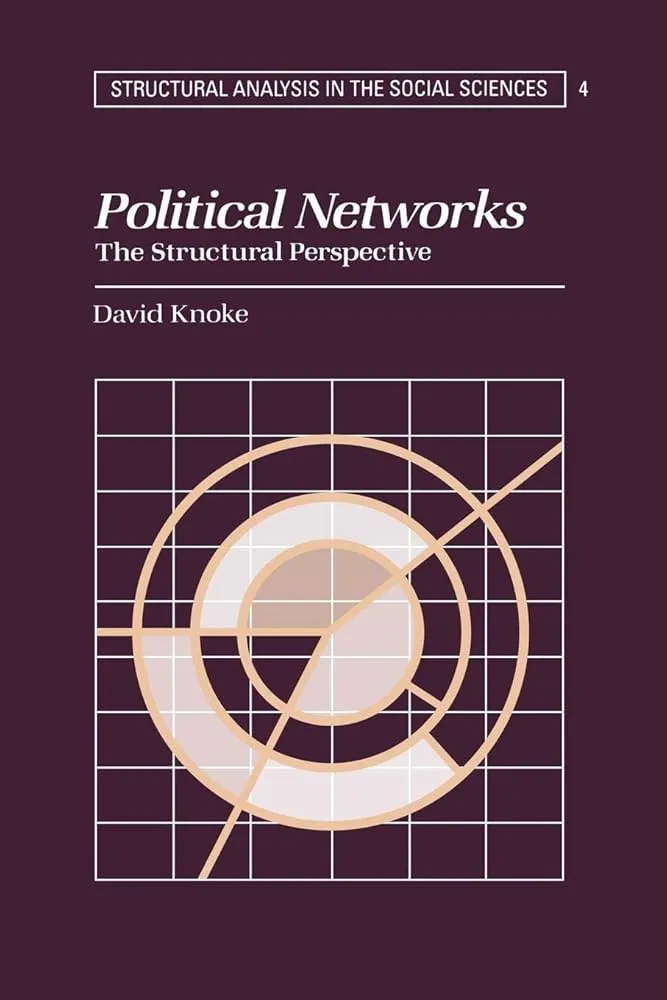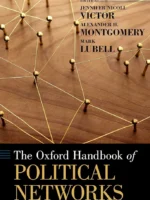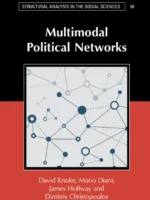Multimodal Political Networks Review
This book upgrades classic political network analysis by treating politics as multimodal: people, organizations, events, issues, and resources form linked layers that evolve over time. For you, it is a practical guide to modeling complexity without losing interpretability.
Overview
The core contributions are conceptual clarity on modes, data schemas that align with surveys, registers, and digital traces, and methods for two-mode, k-mode, and multiplex graphs, including temporal extensions. Workflows cover cleaning, projection pitfalls, and when not to project at all.
Summary
Chapters show how to encode affiliations, co-attendance, funding flows, and discourse into a single design. You learn when to use bipartite models, how to combine layers without inflating density, and how brokerage and community structure change once events and issues are treated as first-class nodes. Case studies span parties, advocacy networks, and policy fora, with reproducible steps from raw tables to inference.
Authors
David Knoke, Mario Diani, James Hollway, and Dimitrios Christopoulos blend decades of theory with current data practice. The tone is instructional and concrete, with caveats where shortcuts would mislead.
Key Themes
Design before metrics, modes as mechanisms, careful handling of projections, and the value of temporal stamps for identifying sequences rather than static snapshots.
Strengths and Weaknesses
Strengths: unified vocabulary, explicit data models, and replicable code patterns. Weaknesses: some advanced models assume statistical background and decent compute. The pay-off is analytic precision.
Target Audience
Researchers and practitioners who build datasets from events, rosters, budgets, and text and need defensible choices about representation and inference.
Favorite Ideas
Keeping events and issues as nodes to avoid projection bias, multimodal community detection for coalition mapping, and layer-aware centrality for realistic influence scores.
Takeaways
Match your question to a data design that preserves modes, then choose measures consistent with that design. In multimodal politics, accuracy begins with how you encode the world.




